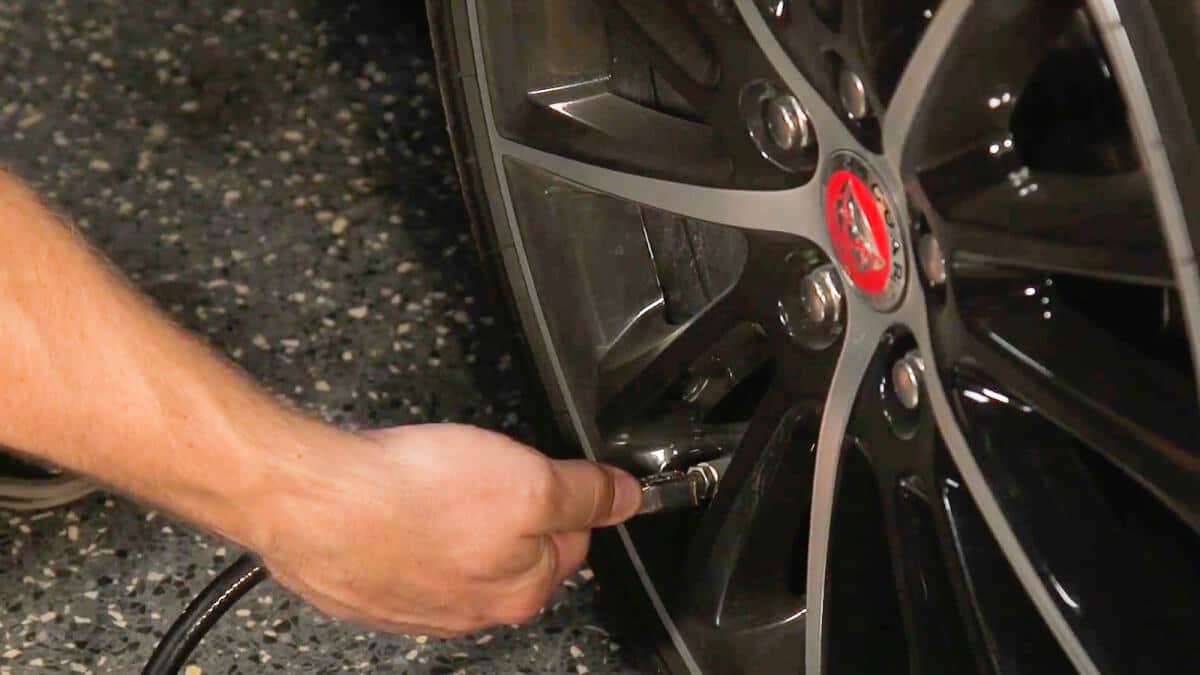Hey, this is Willy taking over The Autism Cafe today for a sponsored PSA from Cars.com about staying safe this winter. Thanks for reading!
Cold weather will lower the air pressure in your car’s tires
In Texas, it’s barely down to 60 degrees outside but it’s a welcome break from the 100+ degree heat from two months ago. If you’re reading this from most other places around the U.S. or the world, there’s a good chance it’s already even colder there, and you might not know your car’s tires are underinflated.
To find your car’s correct tire pressure, read the chart in the driver’s door jam. That, not on the tire, is where to find the correct information. Usually the correct tire pressure will be somewhere between 30 and 40 PSI. Having the correct tire pressure makes sure the physical shape of the tire is optimized for not only maintaining the tire’s long life, but steering and stopping the car safely too.

How to correctly adjust your tires’ air pressure
For every 10 degrees F the temperature drops outside a tire loses about 1 PSI of pressure. That means that even if your tire was inflated correctly AND is holding air properly (and these are two big ‘if’s), your tire could be dangerously low on air by the time winter or even fall arrives.
Tires that are low on air don’t contact the road properly, cause serious limitations to the car’s handling, and can overheat and fail, potentially causing a high-speed crash. Also, you’re going to be running the engine harder and burning significantly more fuel to counteract the extra rolling resistance it creates.
So now that it’s colder out, scrounge around for some quarters, head to your nearest gas station, read that sticker in the door jam, and inflate those tires. Stay safe and save money! Additionally, check this useful link on car seat safety —> – https://www.cars.com/news/car-seat-check/


![[Tutorial] How to earn money online while staying home with your kids 3 money autism cafe mom blog](https://theautismcafe.com/wp-content/uploads/2017/09/gathre-1-of-1-520x400.jpg)

1 Comment
kathleen
2017-10-31 at 7:03 AMTrès intéressant ! Merci !